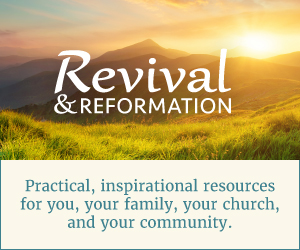Over the next few years, Adventists will make a special effort to establish congregations in large cities around the world. A Hope for Big Cities offering will be collected in Adventist churches around the world on July 9 to provide seed money for every region of the world church to focus on long-term plans to establish and nurture new congregations in major cities.
According to some estimates, in five years time half the world's population will be living in urban areas. In 1950, only 18 percent of people in developing countries lived in cities. In 2000 that had risen to nearly half the population. While there has been outstanding church growth in many parts of the world in recent years, growth in the cities has been slow. The Adventist Church has always been a rural church—it just has not done well in big cities.
Most of the big cities in North America are largely untouched by the Adventist Church. More than 80 percent of Americans live in metropolitan areas, but most Adventists don't. Only one in three Adventist congregations is located in the cities. "When it comes to the segments where the vast bulk of Americans are demographically located, we are baptizing only a comparative handful," says Monte Sahlin, vice-president of Creative Ministries for the Columbia Union Conference and author of Adventist Congregations Today. "The encouraging thing is that more and more of our people are looking for creative ways to advance the mission of Christ in North America." North America's Hope for Big Cities project is Montreal, Canada.
Europe's increasingly post-Christian cities are largely untouched by the Seventh-day Adventist Church. The Trans-European Division plans to plant and nurture 20 new congregations in London, Europe's largest city. The Euro- Africa Division is planning long-term church-planting projects in 12 cities— Paris, Istanbul, Berlin, Munich, Vienna, Sofia, Prague, Rome, Lisbon, Bucharest, Madrid, Zurich. They are calling their project 12 Gates to the Kingdom: Building the Church, the City of the Future.













